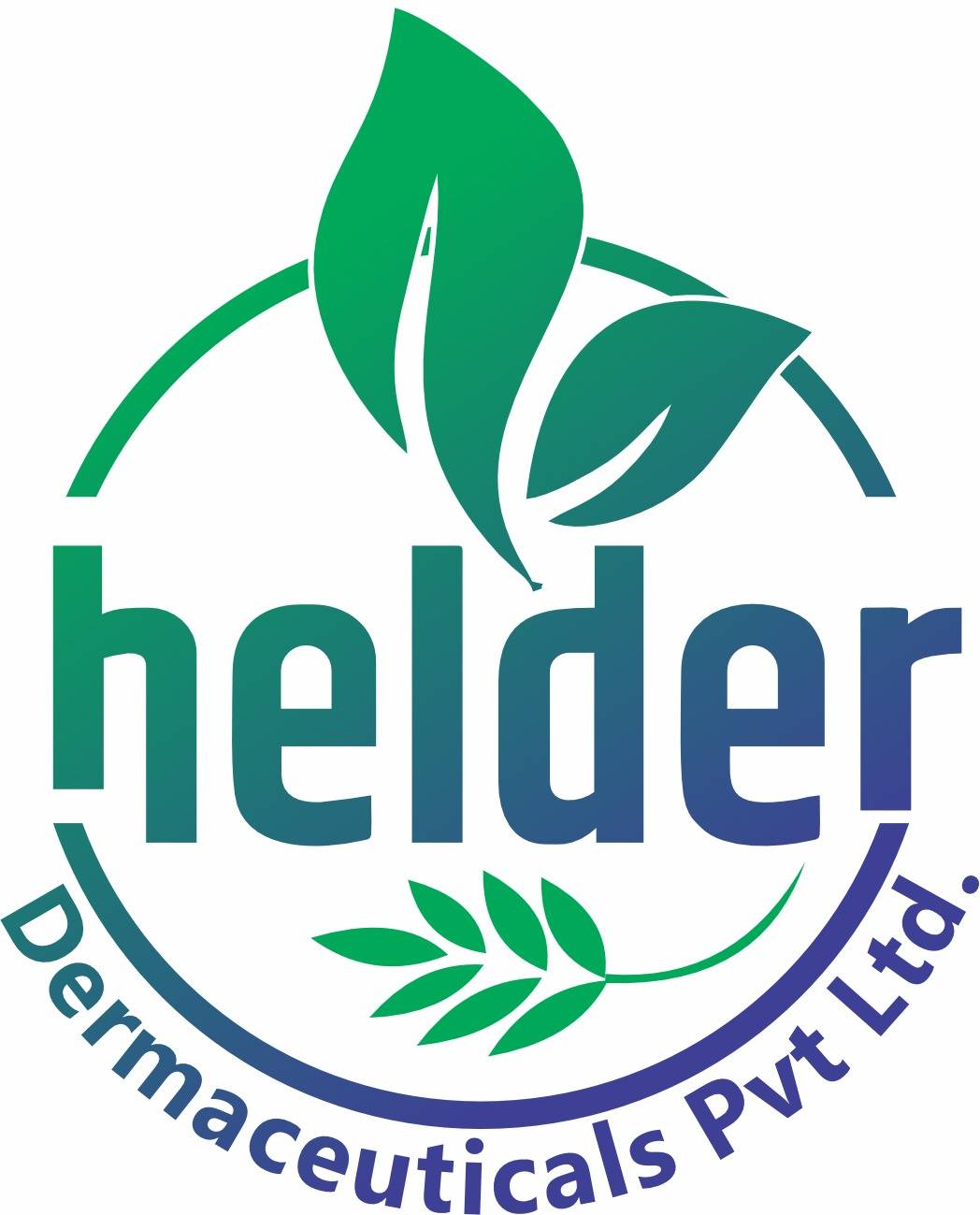Dealing with dry, damaged skin and cracked heels is a common issue that many people face. It can be uncomfortable, painful, and even affect your confidence. But the good news is, with the right knowledge and consistent care, you can bring your skin back to life and achieve soft, smooth heels. This comprehensive guide will walk you through everything you need to know about tackling dry, damaged skin and cracked heels, using simple language and practical examples to help you on your journey.

Understanding Dry, Damaged Skin and Cracked Heels
Before we dive into solutions, let’s understand why dry, damaged skin and cracked heels occur. Our skin has a natural barrier that locks in moisture. When this barrier is compromised, moisture escapes, leading to dryness, flakiness, and even tiny cracks. For heels, the situation is often exacerbated by constant pressure, friction, and lack of oil glands.
Imagine your skin like a brick wall. The bricks are your skin cells, and the mortar is made of natural oils and lipids that hold everything together and prevent moisture from escaping. When the mortar is weak or missing, the wall becomes unstable, leading to dry, damaged skin. Similarly, for your feet, imagine walking barefoot on a hard surface for a long time – the constant impact and stretching can lead to cracked heels.
Several factors contribute to dry, damaged skin and cracked heels:
Environmental Factors: Cold weather, low humidity, dry indoor air, and harsh winds can strip moisture from your skin. Think about how your hands feel after being outside in winter without gloves – that’s a prime example of environmental dryness. Hot Water: While a hot shower feels great, excessively hot water can strip away natural oils, leaving your skin parched. It’s like washing dishes with very hot water – it cleans effectively, but it also removes any oils from your hands. Harsh Soaps: Many commercial soaps contain strong detergents that can be too aggressive for your skin, removing its natural protective layer. Look at how some dish soaps make your hands feel rough and dry; that’s similar to what harsh body soaps can do to your skin. Dehydration: Not drinking enough water affects your entire body, including your skin. Your skin needs hydration from the inside out to stay supple. If you don’t water a plant, it wilts; your skin can do the same if you don’t hydrate. Aging: As we age, our skin naturally produces less oil, making it more prone to dryness.Medical Conditions: Certain conditions like eczema, psoriasis, diabetes, and thyroid issues can significantly contribute to dry, damaged skin and cracked heels. If you suspect a medical condition, it’s always best to consult a doctor. Poor Footwear: Open-backed shoes, sandals, and ill-fitting footwear can put extra pressure on your heels, leading to the development of cracked heels. Imagine wearing flip-flops all day every day – your heels are constantly exposed and taking impact. Prolonged Standing: Jobs or activities that require long periods of standing can put immense pressure on your feet, contributing to cracked heels. Think of a retail worker who stands for 8 hours a day.
The Foundation of Healthy Skin: Hydration from Within and Without
The most crucial step in dealing with dry, damaged skin and cracked heels is hydration, both internally and externally.
1. Hydration from Within: Drink Plenty of Water
This might sound simple, but it’s often overlooked. Water is essential for every bodily function, including maintaining skin elasticity and moisture. Aim for at least 8 glasses of water a day. If you’re active or in a hot climate, you might need more.
- Example: Keep a reusable water bottle with you throughout the day and refill it regularly. If you find plain water boring, add slices of cucumber, lemon, or berries for a refreshing twist. This internal hydration is the first line of defense against dry, damaged skin.
2. Hydration from Without: Moisturize, Moisturize, Moisturize!
This is where the magic happens for dry, damaged skin and cracked heels. Applying moisturizer regularly is non-negotiable.
- Choosing the Right Moisturizer: Look for rich, emollient creams or ointments rather than lightweight lotions. Ingredients like hyaluronic acid, glycerin, ceramides, shea butter, and urea are excellent for attracting and locking in moisture. For particularly stubborn dry, damaged skin, petroleum jelly or thick barrier creams can be very effective.
- Example: For your body, opt for a thick cream like CeraVe Moisturizing Cream or Eucerin Advanced Repair Cream. For your heels, a specialized foot cream containing urea (e.g., O’Keeffe’s Healthy Feet) is highly beneficial. Urea helps to soften thick, rough skin, making it easier to treat cracked heels.
- When to Moisturize: The best time to moisturize is immediately after showering or bathing when your skin is still slightly damp. This helps to trap the water on your skin. For dry, damaged skin on your body, apply it at least twice a day. For cracked heels, aim for 2-3 times daily, especially before bed.
- Example: After your evening shower, gently pat your skin dry, then immediately apply a generous amount of moisturizer to your arms, legs, and torso. For your feet, after a foot soak (more on this later), apply a thick layer of foot cream to your cracked heels and cover them with cotton socks.

Specific Strategies for Dry, Damaged Skin
Beyond general hydration, here are targeted approaches for dry, damaged skin on your body:
1. Gentle Cleansing:

- Avoid Hot Showers: Opt for lukewarm water instead of scalding hot water.
- Use Mild, Hydrating Cleansers: Ditch harsh, foamy soaps. Look for soap-free cleansers, hydrating body washes, or cleansing oils that won’t strip your skin’s natural oils.
- Example: Instead of a strong bar soap, try a creamy body wash like Dove Sensitive Skin Body Wash or an oil-based cleanser. Your skin will feel much softer and less like dry, damaged skin.
- Limit Shower Time: Shorter showers are better for your skin. Aim for 5-10 minutes.
2. Exfoliation (with Caution):
- While exfoliation can remove dead skin cells, over-exfoliating can worsen dry, damaged skin.
- Gentle Physical Exfoliants: Use a soft washcloth or a mild scrub once or twice a week, focusing on flaky areas.
- Chemical Exfoliants (AHAs/BHAs): For persistent dry, damaged skin, low concentrations of lactic acid or glycolic acid in lotions can help remove dead skin cells and improve moisture absorption. Always start with a low concentration and patch test first.
- Example: If your elbows and knees are particularly rough due to dry, damaged skin, a body lotion with 5-10% lactic acid applied a few times a week can make a significant difference.
3. Humidifiers:
- If you live in a dry climate or use indoor heating/cooling extensively, a humidifier can add moisture back into the air, benefiting your skin.
- Example: Place a humidifier in your bedroom during winter nights to prevent your skin from drying out while you sleep, reducing instances of dry, damaged skin.
4. Protect Your Skin:
- Wear Gloves: When doing dishes or cleaning with harsh chemicals, wear gloves to protect your hands from dry, damaged skin.
- Sun Protection: Sun exposure can further damage the skin barrier. Use sunscreen daily, even on cloudy days.
- Appropriate Clothing: Wear breathable fabrics like cotton. In cold weather, layer up to protect your skin from harsh winds.
Specific Strategies for Cracked Heels
Cracked heels require a bit more targeted attention, as the skin is often much thicker and tougher.
1. Regular Foot Soaks:
- Soaking your feet helps to soften the thick, hardened skin, making it easier to treat cracked heels.
- How to Soak: Fill a basin with lukewarm water. You can add a cup of Epsom salts for extra benefits. Soak your feet for 10-15 minutes.
- Example: Do this 2-3 times a week, especially if your cracked heels are severe. The softened skin will be much more receptive to treatment.
2. Exfoliation for Heels:
- After soaking, gently use a pumice stone, foot file, or an electric foot file to remove the dead, hardened skin.
- Important: Be gentle and don’t over-exfoliate. You only want to remove the dead outer layer, not raw skin. Aggressive filing can worsen cracked heels.
- Example: After a foot soak, gently rub the pumice stone over the thickest parts of your heels in circular motions. Rinse your feet and feel the difference – the rough patches contributing to cracked heels will be smoother.
3. Targeted Moisturizers for Cracked Heels:
- As mentioned, foot creams specifically formulated for cracked heels are best. Look for ingredients like urea (10-25%), salicylic acid, or alpha hydroxy acids (AHAs). These ingredients help to break down the tough, thick skin and promote healing.
- Example: Apply a generous amount of a urea-based foot cream to your cracked heels after soaking and exfoliating. Massage it in thoroughly.
4. “Sock Therapy” for Cracked Heels:
- This is a highly effective method. After applying a thick layer of foot cream or petroleum jelly to your cracked heels before bed, put on a pair of cotton socks. The socks help to seal in the moisture and enhance absorption.
- Example: Every night, after your shower, apply a thick layer of Vaseline or a rich foot cream to your cracked heels, then slip on soft cotton socks. You’ll wake up to significantly softer skin, a great way to combat dry, damaged skin on your feet.
5. Consider Heel Balm Sticks:
- These are convenient for on-the-go application and create a protective barrier.
- Example: Keep a heel balm stick in your bag for quick touch-ups throughout the day, especially if you feel your cracked heels becoming dry.
6. Proper Footwear:
- Avoid Open-Backed Shoes: Shoes that don’t provide support for your heel can allow the fat pad under the heel to expand sideways, increasing pressure and contributing to cracked heels.
- Supportive Footwear: Choose shoes with good cushioning and heel support.
- Socks: Wear socks that wick away moisture to prevent excess sweating and subsequent dryness.
- Example: Opt for closed-back shoes with a cushioned sole, especially if you spend a lot of time on your feet. This simple change can make a big difference in preventing and healing cracked heels.
When to Seek Professional Help
While most cases of dry, damaged skin and cracked heels can be managed at home, there are times when professional help is needed:
- Severe Pain or Bleeding: If your cracks are deep, painful, or bleeding, you might need professional intervention to prevent infection.
- Signs of Infection: Redness, swelling, warmth, pus, or fever indicate an infection that requires medical attention.
- No Improvement: If your efforts aren’t yielding results after several weeks of consistent care, a dermatologist or podiatrist can offer stronger treatments or identify underlying issues.
- Underlying Medical Conditions: If you have diabetes or other conditions that affect circulation, it’s crucial to consult a doctor for any foot issues, including cracked heels, as complications can be severe.

Prevention is Key
Once you’ve improved your dry, damaged skin and healed your cracked heels, the goal is to prevent them from returning.
- Maintain Your Routine: Continue moisturizing daily, drinking plenty of water, and using gentle cleansers.
- Regular Foot Care: Keep up with regular foot soaks and gentle exfoliation for your heels.
- Check Your Environment: Use humidifiers in dry seasons.
- Mind Your Footwear: Continue wearing supportive shoes.
By consistently applying these strategies, you can transform your dry, damaged skin into supple, healthy skin, and say goodbye to the discomfort of cracked heels. Remember, consistency is key, and with a little patience, you’ll be well on your way to comfortable, beautiful skin from head to toe. Don’t let dry, damaged skin or cracked heels hold you back any longer!


